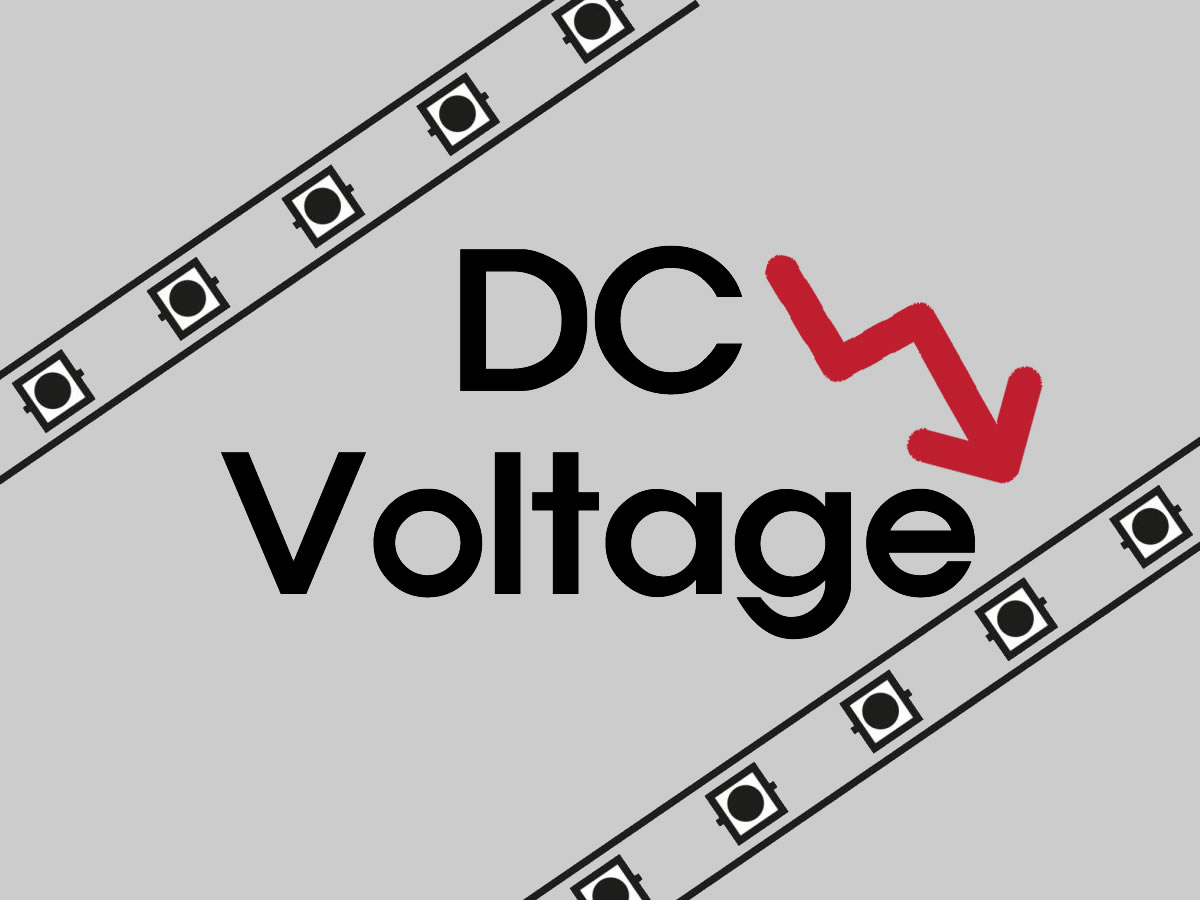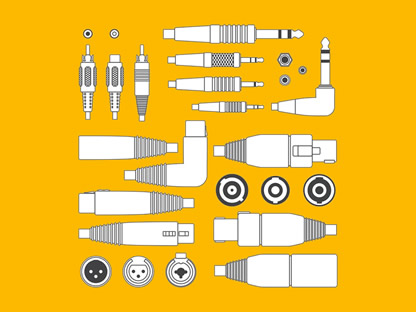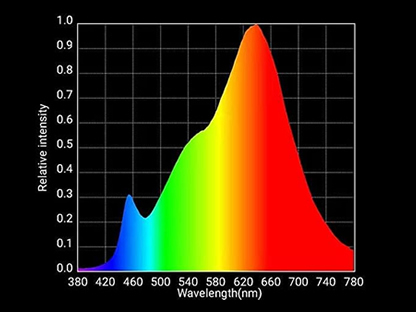
LED Strip Installation Voltage Drop Calculator
The voltage drop of DC cables significantly impacts the efficiency of power transmission and the performance of the system. Voltage drop varies depending on the length, cross-sectional area, material, and current of the installed wires, representing the ratio of total system voltage loss through the cables.
Generally, voltage drop is defined as the ratio of voltage loss through the cables to the total system voltage.
Voltage Drop Calculator
The voltage drop calculator for LED strip lighting predicts voltage loss based on installation length, helping determine the cable thickness to maintain optimal performance and brightness.
Maximum Usable Length Based on Cable Thickness
The LED driver, which is the power supply unit for LED strips, has a specification of 24V/150W, and the recommended capacity for safe use is 80% of the maximum output.
With 24V and 120W as the reference, the following presents the pre-calculated standard recommended maximum length and allowable maximum length for using LED strips.
- 1.5SQ -> 1.8m, 3m
- 2.5SQ -> 5m, 8m
- 4SQ -> 13m, 21m
- 6SQ -> 29m, 48m
- 10SQ -> 81m, 136m
3% Voltage Drop
This is a standard recommendation and is the maximum voltage drop recommended for most residential and commercial electrical systems. It ensures efficient power usage and stable equipment operation.
It is suitable for systems with relatively short wire lengths, such as lighting, outlets, and general household appliances.
5% Voltage Drop
Considerations for long-distance transmission: In long-distance power transmission lines, voltage drops of up to 5% may occur. This is sometimes permitted to reduce initial installation costs.
It is applied considering cost-effectiveness and efficiency. Increasing voltage drop can save on cable costs but must be weighed against long-term energy loss and equipment performance degradation.
7% Voltage Drop
Option under extreme conditions: Voltage drops of up to 7% may be allowed in very long transmission distances or under special installation conditions. This is generally not recommended and only considered in exceptional cases.
Equipment compatibility verification is necessary. To ensure that the equipment operates stably even at low voltages, thorough review of the equipment's voltage requirements and compatibility is essential.






